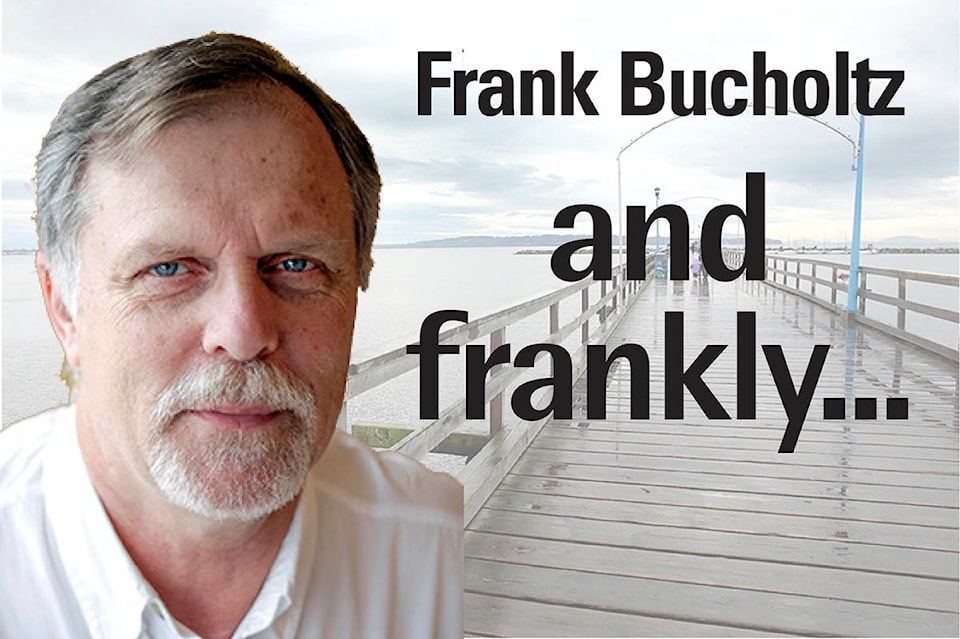The ever-changing landscape along Fraser Highway is a microcosm of the change underway in almost all parts of Surrey.
The significance of changes along that busy street (one of Surrey’s oldest roads) has been highlighted by word that the Two Ees Farm produce stand, an icon at 164 Street for more than 60 years, will soon close down. The city will develop the remaining 2.11 acres of the property into an athletic park.
After hearing about the pending closure, a drive along Fraser Highway from Clayton to the King George Boulevard brought back memories, and involved a search for the decreasing number of buildings that have stood there longer than 30 years.
There was no shortage of reminders of how Surrey development and street improvements often neglect the very people who should benefit most – existing residents and road users.
Growing up in Surrey close to 60 years ago, Fraser Highway was known as the Trans-Canada Highway. There was no freeway and no Port Mann Bridge. All traffic to New Westminster and Vancouver from Surrey used the Pattullo Bridge.
As a result, there were many roadside restaurants, small stores, fruit and vegetable stands, gas stations and a scattering of other businesses. Almost all are gone.
As Surrey was a rural area, there were a number of turkey farms in Fleetwood, and a feed mill to serve them. As Christmas approached, the number of turkeys outside in the fields was significant.
The road became Fraser Highway when the first Port Mann Bridge opened in 1964. Traffic levels stabilized, but didn’t really fall because Surrey kept growing.
By the 1970s, there were few signs of agriculture on the street, except in the lowlands near Fry’s Corner. Some of the most significant growing still taking place was at the Green Timbers forest nursery near 140 Street.
The nursery and plantation on both sides of the street was part of a commitment made by the province in the late 1920s, after the original Green Timbers first-growth forest was cut down.
The city began a program to four-lane the road across Surrey in the 1990s, with the notable exception of the portion within the Green Timbers forest.
Redevelopment of properties along the road began on a larger scale in the late-1990s, and continues at the same pace. Many detached-home and larger commercial properties also became townhouses.
When the road was widened, the city failed to build bus pullout bays in many locations. This causes significant traffic tie-ups when a bus stops. The city’s push to build LRT along the road will boost ridership dramatically.
Much redevelopment, including a proposal for the land occupied by Green Tree Estates manufactured home park in Fleetwood, seems to give short shrift to existing residents. Townhouses and apartments add density, but for those who own manufactured homes – but not the land beneath them – the future is uncertain.
The city seems oblivious to the pressures placed on its longtime residents.
Frank Bucholtz writes Wednesdays for Peace Arch News.
• • •
For the record
A previous version of this column has been corrected to indicate in the second-to-last paragraph that the proposal in Fleetwood is on land occupied by Green Tree Estates. The wrong park was initially identified.
